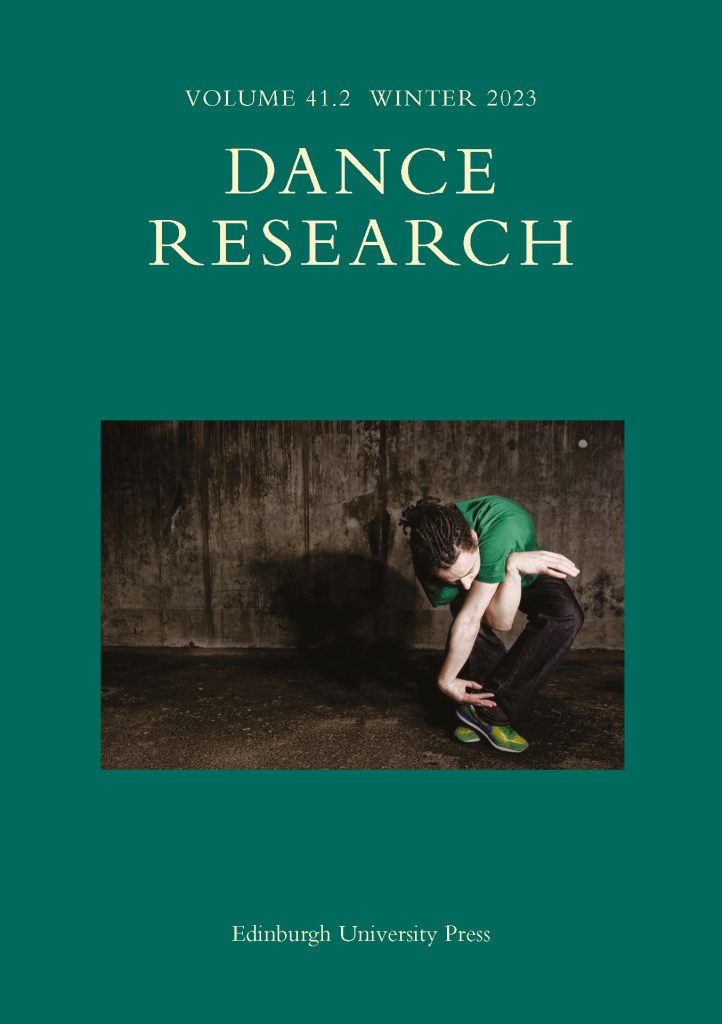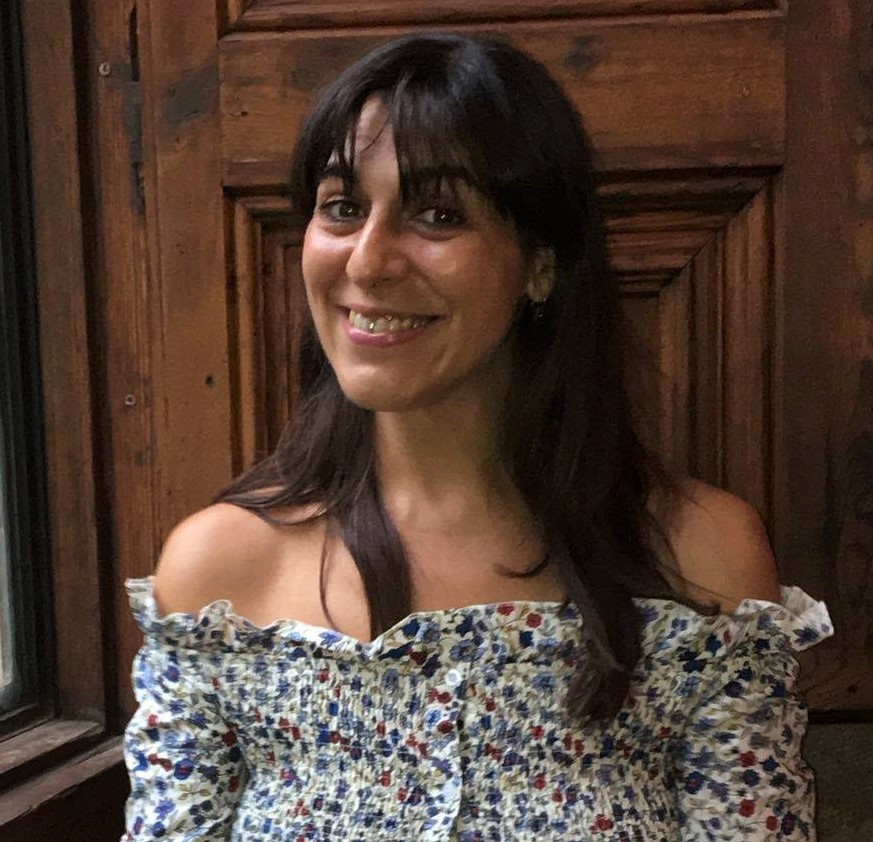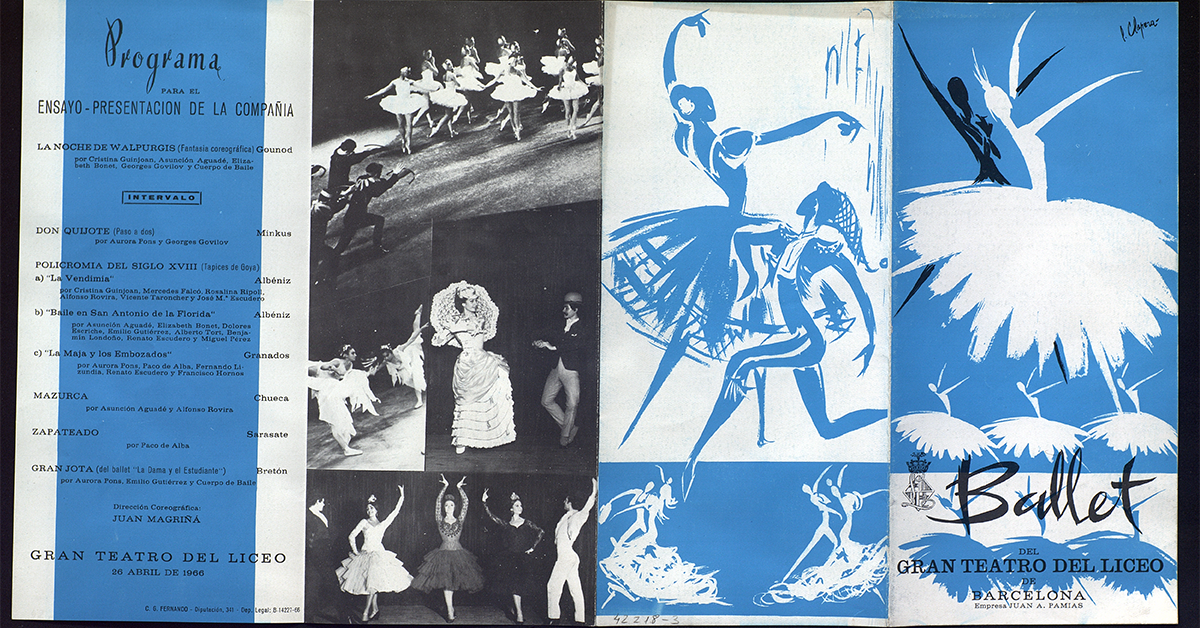
by Ana Abad-Carlés and Marina Peñaranda-Abad
Our article for Dance Research 41(2) came to us in a very serendipitous way, when we saw that the Prologue to the Spanish edition of Serge Lifar’s book La Danse had been written by somebody called Sebastià Gasch.
We wondered who this man was and slowly, but surely, we discovered a part of Spanish and Catalan dance history that had remained unresearched. It had to do with the attempts to create a ballet culture in Barcelona during the first half of the twentieth century, akin to those that were being developed in other European capitals like London or Paris.
Sebastià Gasch was one of the two men who took upon themselves the task to educate Spanish audiences, and the other was Alfons Puig i Claramunt. Both were relevant theatre and art critics in Barcelona. Gasch had close friendship with painters Joan Miró, Salvador Dalí and Pere Pruna (collaborators of Diaghilev’s Ballets Russes) and writer Federico García Lorca. Both men published articles and books on dance history in Spanish and Catalan, referencing European dance writers to support and validate their ideas. Gasch took Paris as his model through the writings of André Levinson and the work of Serge Lifar. Puig i Claramunt had the developing London scene and Arnold Haskell’s work as his inspiration.
Our article, The Influence of André Levinson and Arnold Haskell in the Attempts to Develop a Ballet Culture in Catalonia during the First Half of the Twentieth Century, tries to explain the impact that Levinson and Haskell’s discourses had on Catalan ballet culture, while opening up new paths for future research. It explores how Gasch and Puig used Levinson and Haskell’s works to create narratives that shaped Barcelona’s dance scene for decades. Both relied for their artistic enterprise on the dancer, choreographer and teacher Joan Magrinyà.
However, their joint efforts did not prosper, which makes the emerging narrative act like a cautionary tale for future actions, when transplanting successful artistic traditions to different cultural and historical contexts.
In our case, parochialism, lack of understanding of the art form and the inability to create a mass of knowledge and understanding hindered the efforts to adapt these successful choreographic models in Barcelona. Needless to say, Franco’s dictatorship did not help either.
Sign up to our mailing list to keep up to date with all of our free content and latest releases

About the journal
Dance Research, the journal of the Society for Dance Research, is essential reading for those involved in the study and practice of dance. The journal covers dance worldwide both from a historical and contemporary perspective, engaging with current debates on dance and across cognate disciplines with dance at the centre of inquiry.
Sign up for TOC alerts, subscribe to Dance Research, recommend to your library, and learn how to submit an article.

About the authors
Ana Abad-Carlés is an independent scholar specialist in Dance Studies. She has published articles, reviews and books, including her recent article in Dance Research on Diaghilev’s Ballets Russes in Spain (May 2023). Her teaching experience includes posts at Urdang, London, at URJC, Madrid, and at UCAM, Murcia. She guest-lectures at universities, training centres and dance institutions across Europe and Latin America.

Marina Peñaranda-Abad is a graduate in Dance Studies from UCAM University and in Translation & Interpreting from Universidad de Murcia. She is currently a freelance researcher and works simultaneously as production assistant at Arena Teatro y Danza in Murcia, Spain.





